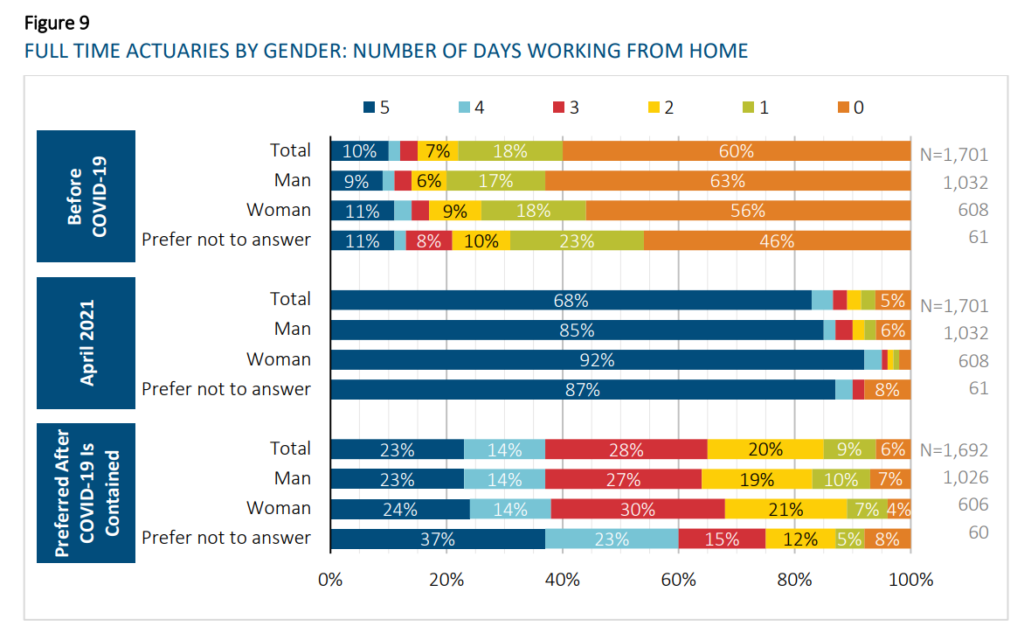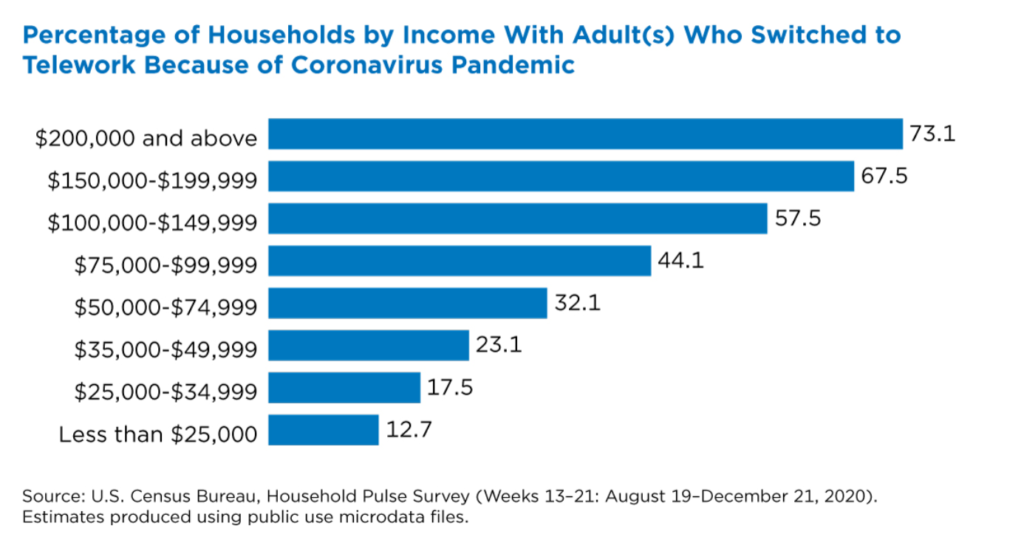Link: https://knowledge.wharton.upenn.edu/article/keeping-workers-safe-what-do-the-numbers-say/?utm_source=kw_newsletter&utm_medium=email&utm_campaign=2021-03-09
Excerpt:
Smith-McLallen: In a broad sense, what the nonessential business closure policy did was to create a situation that limited interpersonal contact for nonessential workers who were staying at home. But it also limited contact for essential workers who were perhaps commuting with fewer people, for example, and not necessarily exposed to all of the people who were staying at home. That secondary protective effect was very effective at reducing cases.
Another thing about that secondary protective effect is we might think that if there would have been no nonessential business closure — if the nonessential workers had gone out to work — their infection rates would have been the same as we observed among the essential workers. There would be no difference. That’s what the results of our study speak to. However, there is a real possibility that the rates for everyone would have been considerably higher, even higher than what we observed in the essential worker population, just because of the increased contact and exposure across the board.
What I think policymakers should take from this research is that with new strains of the virus being discovered, if we reach a point where we need to aggressively limit contact and transmission, nonessential business closure policies can be effective. And now we can quantify just how effective they can be.
Author(s): Hummy Song, Aaron Smith-McLallen
Publication Date: 9 March 2021
Publication Site: Knowledge @ Wharton

